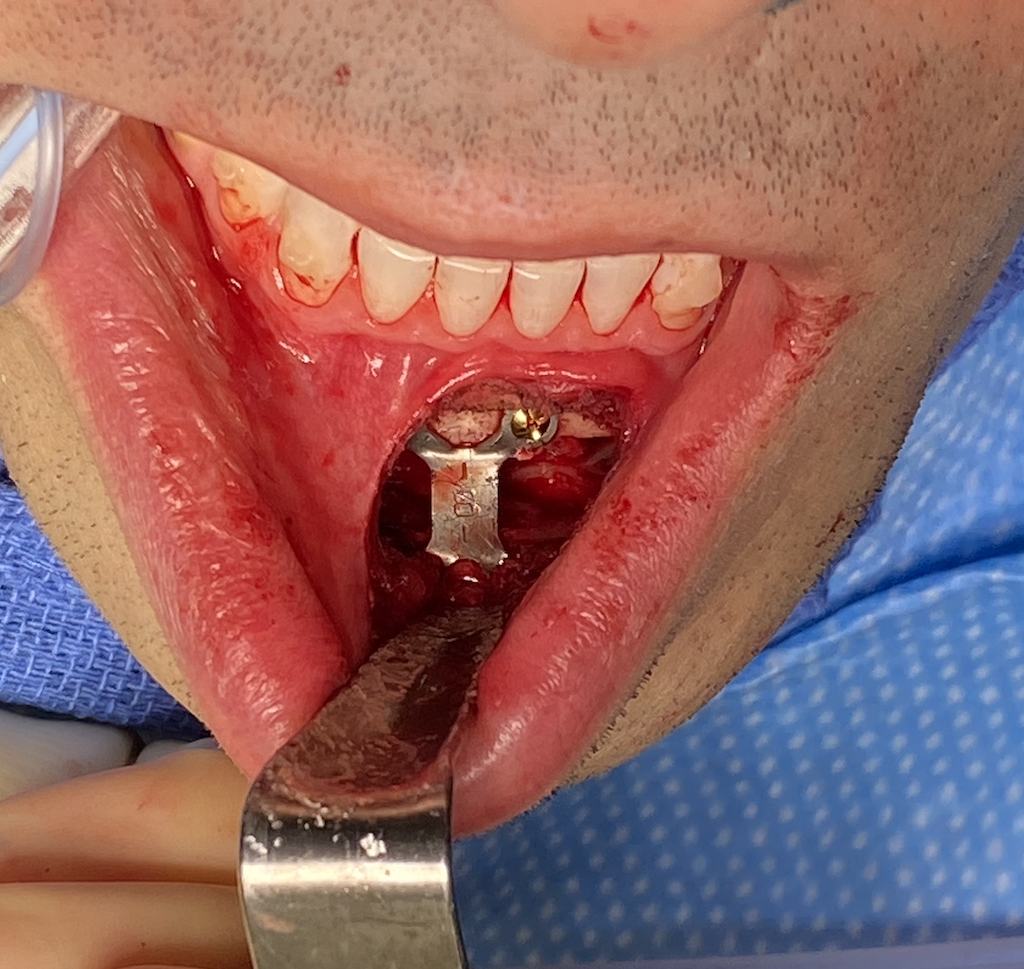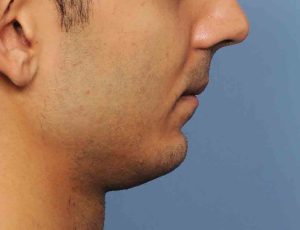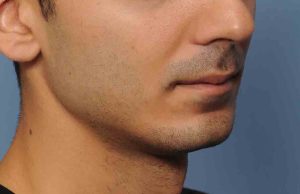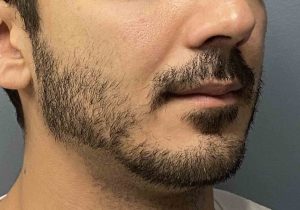Background: The horizontal chin deficiency is the most common reason for the request for chin augmentation and standard chin implants have long been designed to address that dimensional need. But some chin deficiencies have a vertical deficiency as well which is often overlooked or whose significance is underappreciated. When standard chin implants are used in these patients an inadequate result and unhappy patient often occur.
In the combined horizontal-vertical chin deficiency the entire lower jaw is usually the culprit and orthognathic surgery may be the ideal treatment. But when an aesthetic approach is chosen the options become either a unique vertical lengthening chin implant or a bony genioplasty. What separates these two chin augmentation options is the potential behavior of the soft tissue chin pad to them. Implants can be used in these dual chin deficiencies but when the soft tissue chin pad is released it is going to need to fit over the implant at closure….and it has some limits in doing so.
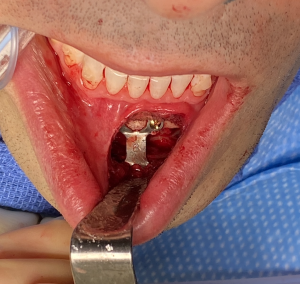
Case Study: This patient desired chin augmentation with an overall smaller lower jaw. But he was focused on chin augmentation only. Using imaging it was decided that the best aesthetic change would be a combination horizontal and vertical elongations. The deep labiomental fold should be improved by the 45 degree change in chin projection.

The vertical component of a short chin is often overlooked and an implant incorrectly chosen for treatment. While a vertical lengthening chin implant has its role, significant combined horizontal and vertical projections are better served by a bony genioplasty due to its ability to carry the soft tissue chin pad along with it.
Case Highlights:
1) In the combined horizontal and vertical chin deficiency the bony genioplasty has numerous advantages over implant augmentation when the rule of 12 is exceeded.
2) The chin rule of 12 refers to the amount of combined horizontal and vertical millimeters of increase that are needed.
3) The chin rule of 12 comes from whether the detached soft tissue chin pad from a submental incisional approach can be pulled back over an implant of that dimensional size.
Dr. Barry Eppley
Indianapolis, Indiana

